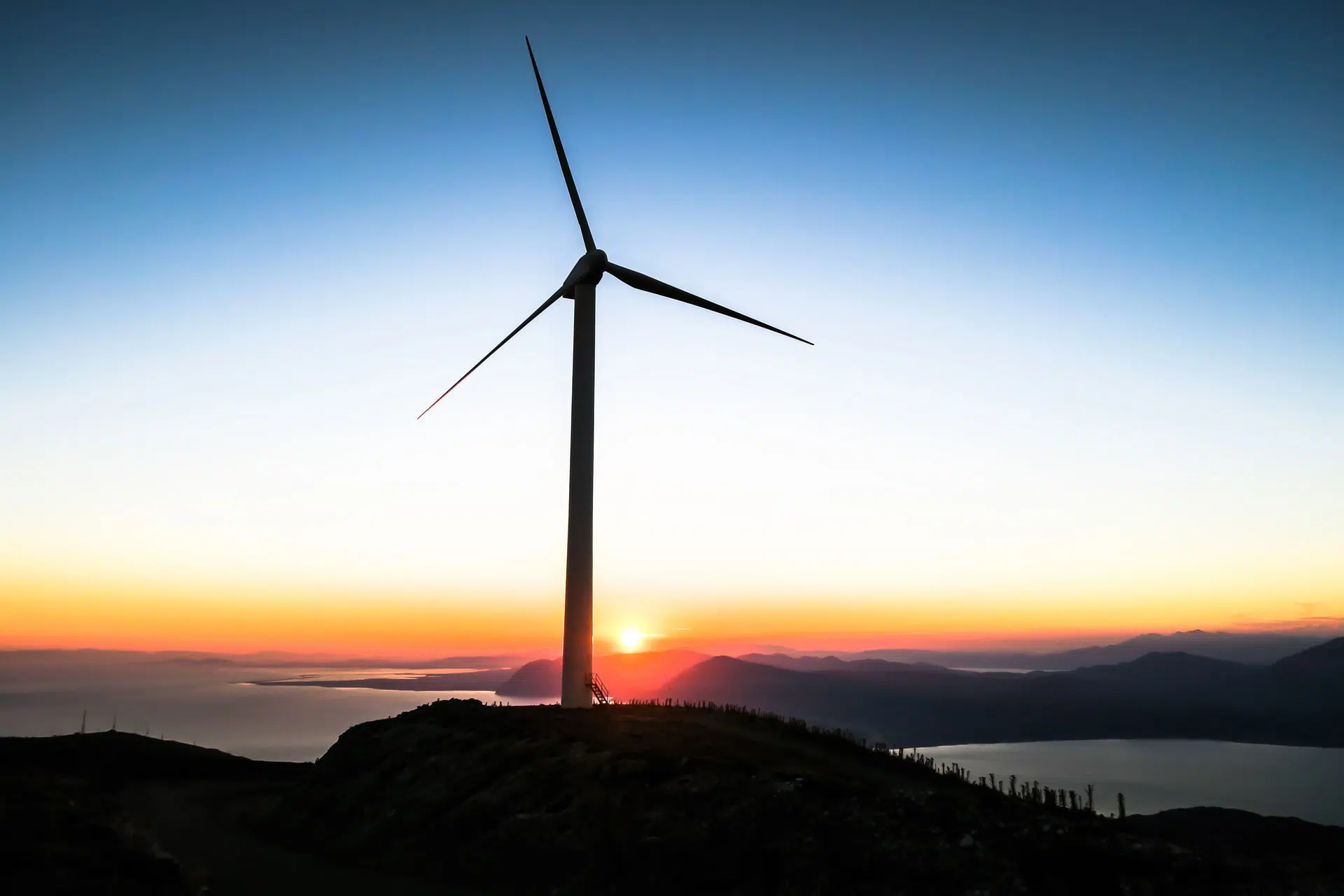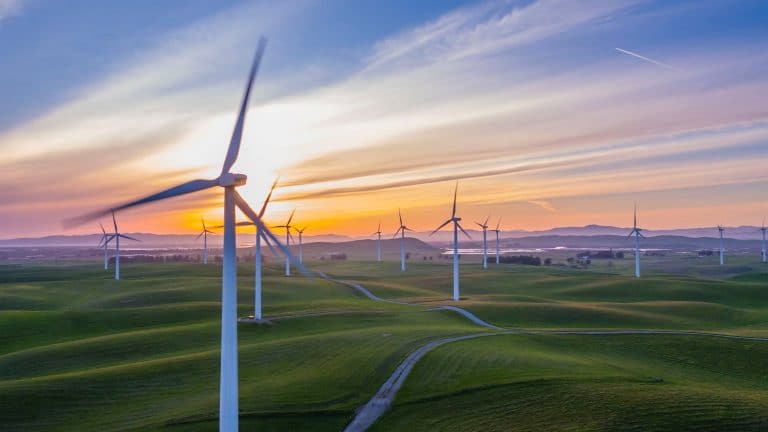By Counsel Lolla Stovall
Cannabis sales are accelerating swiftly as legalization efforts push through, increasing a whopping 67% in 2020 alone. The cannabis industry is now worth more than $60 billion and should exceed $100 billion by the end of the decade.
Increasing sales naturally require increasing production. And as production has increased, the environmental issues surrounding large-scale, year-round cannabis growth sites have come into sharp relief. Although not as drastic an energy consumer as cryptocurrency mining, indoor cannabis production still has a substantial and potentially problematic carbon footprint. The industry, however, is working hard to build more clean technology and sustainable production methods into its operations. Below we summarize some current advances in cannabis production technology.
Resource Usage Facts in Cannabis Production
Outdoor cannabis farms have always been relatively energy efficient. Relying primarily on natural sunlight and rain, supplemented with irrigation, they do not impose the same demands on the electric grid as their indoor counterparts. But these farms are susceptible to severe weather issues and seasonal temperature changes, and large amounts of land are needed to sustain high production levels.
With indoor production growers can maintain constant temperatures, light levels and water availability, but doing so requires large amounts of resources. According to one estimate, indoor cannabis production accounts for 1% of all energy usage in the U.S.
Although reliable water usage statistics are harder to come by, indoor cannabis production is unquestionably water-intensive. One source suggests consumption rates of 198 gallons per square foot of production annually (about eight 10-minute long showers).
Introducing cleantech into operations will help satisfy the climate change sentiment and create efficiencies for producers, trading short-term investment costs for long-term profit gains.
The Greening of the Cannabis Industry
Fortunately, the legalization of cannabis has generated a substantial push in green innovation. Producers are creating and patenting new technologies to reduce their overall environmental impact, and innovation is ongoing.
As with many other industries, cannabis is shifting towards renewable resources like wind and solar energy. Massachusetts-based Solar Therapeutics is a prime example. In early 2021, it became one of the first growers to produce all its energy using solar, abandoning the public power grid altogether.
Another effective change is one that everyday folks are doing in their homes – exchanging halogen and fluorescent lightbulbs for more energy-efficient LED lights. Lighting accounts for up to 70% of energy costs in cannabis growth, so more efficient lightbulbs are necessary. LED lightbulbs consume less electricity and generate less heat, so growers need less HVAC to maintain temperature in the growing facility. There are also now liquid-cooled lighting fixtures (e.g., Agnetix) that further reduce overall HVAC needs.
As for water usage, cannabis growers are taking inspiration from other industries and genetically engineering drought-tolerant plants. Current drought-tolerant varieties have lower yields. However,research continues, and it is only a matter of time before new varieties arrive that optimize the resource use/production yield balance.
It’s Not Easy Being Green
Going green is often challenging, but it’s worth it. The investments the cannabis industry is making now will pay off in the long run. This relatively young sector has every opportunity to become an example of sustainable agriculture, and as that increases attractiveness to the conscious investors and brings in capital, the profits will also grow.



